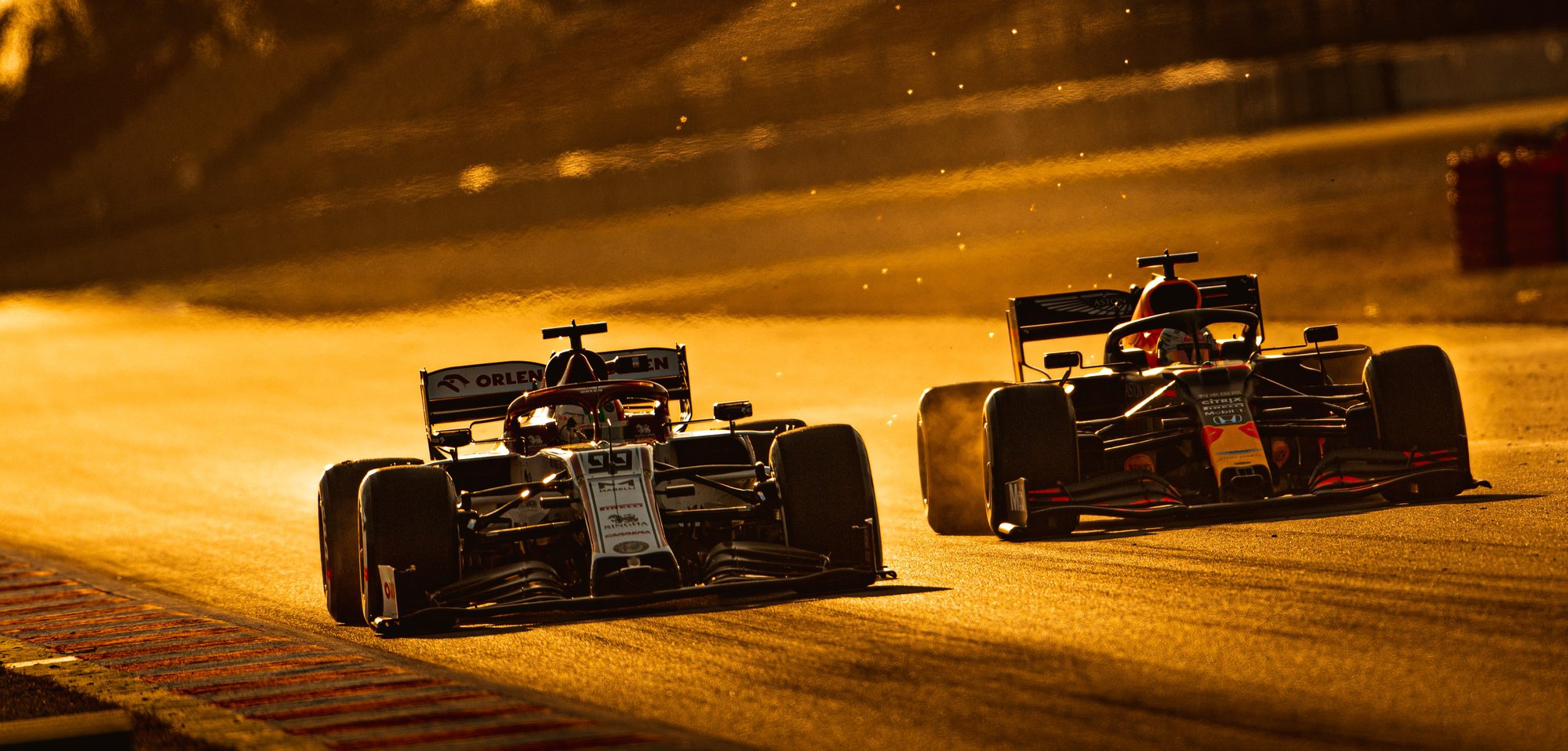Trends — Culture • Lifestyle • Future
To cope with the hyper-competitive nature of today's economy, businesses must think smaller rather than bigger. Micromarketing comes into play in this situation. This marketing approach is specially tailored to target a particular market segment within the larger target audience.

The Big Idea
A solid Micromarketing plan assists the company in profiling a specific target audience. Targeted marketing ensures a focus on selected segments of the market. For example, customers that share common characteristics, such as their location, age, interests, household income, purchasing habits, and/or employment, are targeted through multiple segmentations. Micromarketing, on the other hand, focuses on individuals rather than mass messaging.
The Rise of Micromarketing
Over the past century, the marketing environment has shifted drastically. Since the 1990s, retailers have progressively applied the opportunities provided by better consumer data to create a value-oriented marketing mix.
The micromarketing concept marks a significant departure from the scenario of 100 years ago, where companies only relied on in-store recommendations as a form of marketing and prioritised brand optimisation. Now, however, manufacturers are more focused on category-level optimisation. This means they work on improving specific categories related to the pre-purchase environment in order to influence customers rather than focusing on the brand as a whole.

How Effective is Micromarketing?
The popularity of micromarketing is growing exponentially. This strategy saves cost by narrowing the demographic one wants to reach. Setting up micro-budget programmes decreases the company's overall marketing costs. Micromarketing helps increase market share too. It implies that if your product or service is well received by the initial consumers, they will likely tell their friends and family about it. Thus, this can increase sales.

Red Bull is an example of a firm that has effectively executed a micromarketing approach. The firm picked extreme sports participants as their target market and developed a successful marketing plan that engaged them. The energy drink company supported extreme sports competitions, including cliff diving and skateboarding in Hawaii and San Francisco. It sparked interest among the young people who were drawn to an active, edgy lifestyle. Rock climbing, windsurfing, and Formula One racing are other extreme sports that Red Bull promotes.
Uber entered the Asian market using the same strategy. They utilized a hyper-local micromarketing approach. Their methods included delving into location-specific transportation issues in each city, building connections with local influencers, and forming strategic alliances. Uber's clever use of social media, particularly Facebook, was another micromarketing triumph. The target demographic was informed about city-specific marketing and events, such as ice cream day, via Facebook. Users were also encouraged to post their cost-savings on Facebook, which helped them grow their audience.

Embracing Social Media
Micromarketing helps businesses increase customer happiness, retention, and loyalty, among other things. Using social media to promote customer value is the most significant impact of this method since micromarketing approaches rely on tightly identifying the target population based on a single attribute. Social media makes gender, job title, age, locality, interests, and other characteristics easily accessible. Thus, defining the target demographics becomes easier. Analytical tools are used to collect, evaluate, and report on key brand indicators.
Boosting Brand Loyalty
Coca-Cola has one of the most active and product-focused Facebook communities. The brand's social media strategy is based on the fan-first concept. Their social media presence functions as a hub dominated by customer voices that support the brand's marketing goals. Coke encourages people to participate in community-building initiatives. Customer-centric, brand-related content is created, uploaded, consumed, and commented on by consumers.
Stepping Up Innovation
KFC has improved its menu for India through multiple innovative changes. They have used social media platforms to analyse the local market preferences. Through various events on Facebook, they have succeeded in collecting creative ideas from the participants.

Customer Satisfaction
Customers expect businesses to provide services and goods that meet or exceed their expectations. Pepsi has made an incredible comeback using social media. For a while, Pepsi was losing out to the growing popularity of competitors like Coke and Mountain Dew. Their solution was to use social media to interact with consumers and retain hype for their product among the youth. They signed cricketers and film stars as brand ambassadors for this purpose.
Enhancing Brand Awareness
When businesses combine the power of brand ambassadors with micromarketing, they achieve extraordinary results. Ford Motors accomplished precisely that with the debut of the Ford Fiesta. They lent European-spec Fiestas to 100 online media clients for half a year. These influencers created a buzz around the car by recounting stories on different social media platforms. Ford amassed more than a million YouTube video views, 3.7 million projected Twitter impressions, and 740,000 Flickr photo views through this campaign.
Big Data Leverage
It is crucial to know as much as you can about your customer. Brands use consumer data to discover purchase trends and patterns because so many people use social media. Amazon is one of the companies that has profited the most from big data. Their advertising strategies cover almost all social media platforms.

Role of Influencers
Because of its widespread use, social media is an excellent venue for businesses to raise brand recognition. With the aid of influencers, a most significant shift has occurred. Each social media influencer has a solid and loyal fan base. Reaching out to these fans is thus easier through the influencers. In addition, these influencers usually command a tiny but refined segment of the market. Therefore, public relations (PR) affiliation with these influencers gives a brand an excellent edge over its competitors.
Final Thoughts
A strong micromarketing strategy will help firms appeal to specific consumer segments to strengthen their brand value. In 2021, brand loyalty is created by reaching out to customers on a personal level.